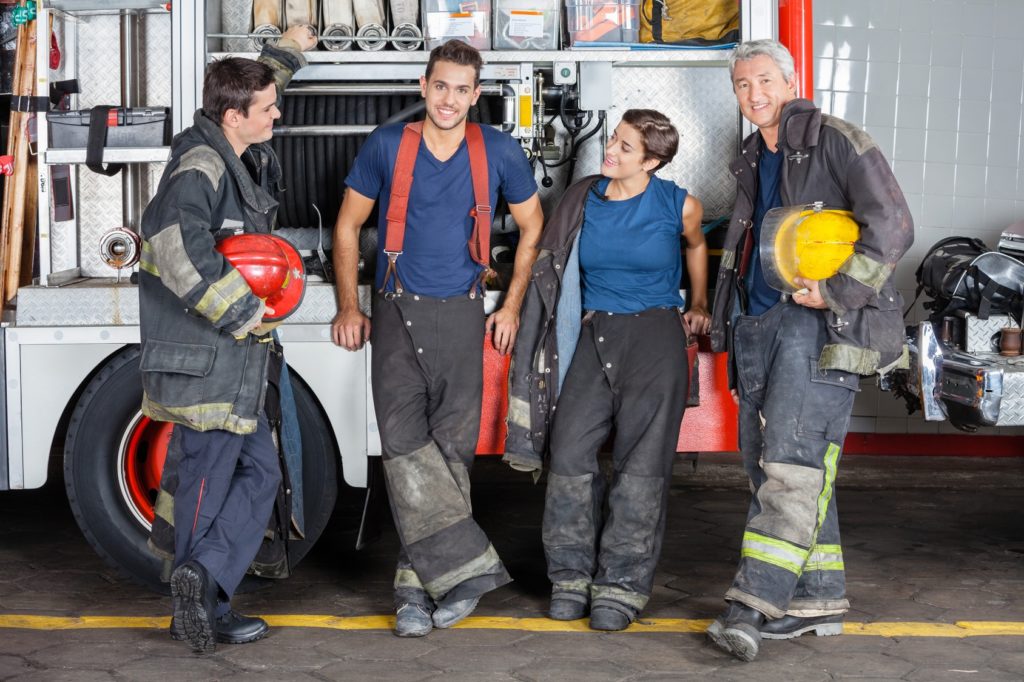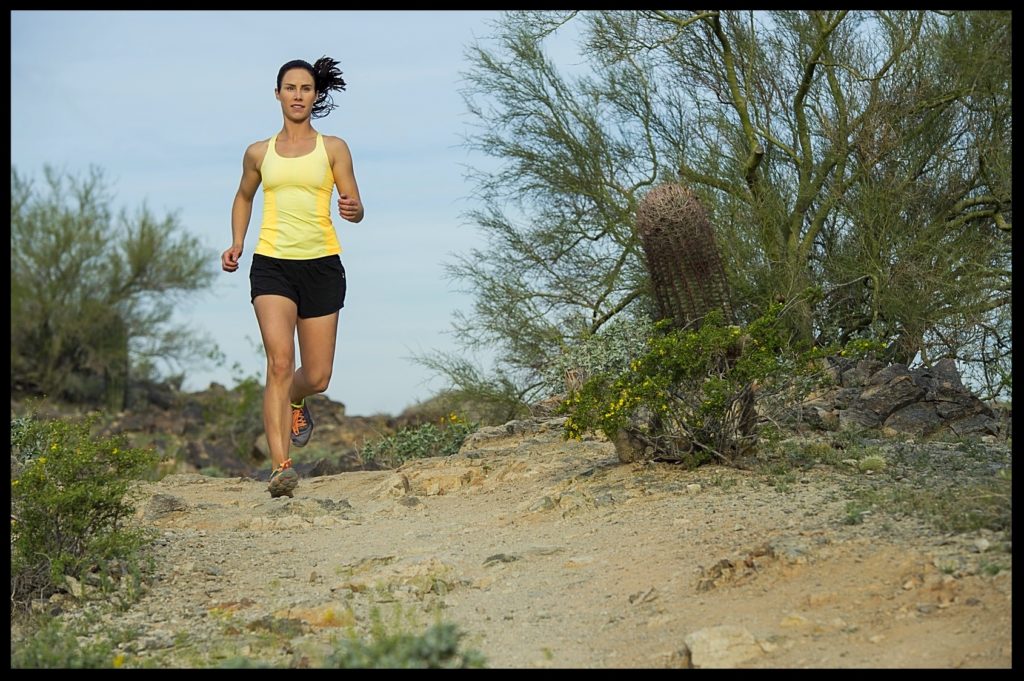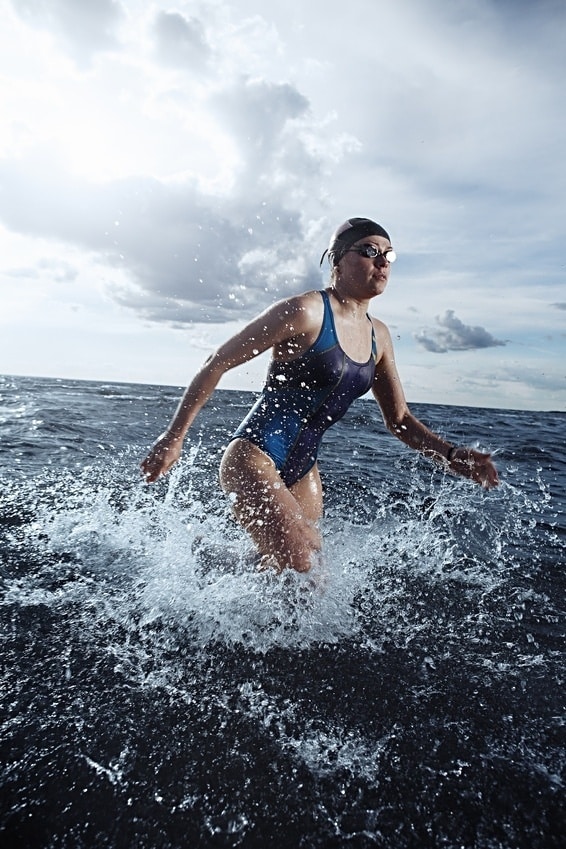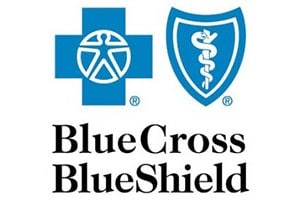
Firefighters: Higher Risk of Venous Insufficiency and Vascular Disease
One might think that the biggest cause of injury among American firefighters would be burns and collapsing structures. However, more than just skin and bones, it is the firefighter’s vascular system that is at risk.
There are a number of reasons why firefighters are especially susceptible to vascular injury, and why they in particular need to consult with a qualified vein specialist for diagnosis and treatment of all dysfunctions that affect the heart and blood vessels, including Chronic Venous Insufficiency (CVI) and varicose veins.
Firefighters are Pushed to the Limit
The schedule of a firefighter is highly unpredictable. Shift work, itself, is disruptive to sleep and eating schedules, and can lead to generalized fatigue and difficult digestion. Unless an individual is motivated, the sometimes long periods of relative inactivity between fire calls can lead to weight gain and decreased levels of fitness; the incidence of overweight and obesity among firefighters is high. And adrenaline-drenched episodes of fire fighting push firefighters to the limit, physically, psychologically and emotionally. Working in the blistering heat, in heavy protective gear, hauling heavy equipment over long distances causes firefighters’ bodies to overheat and dehydrate, their blood vessels to dilate and become less efficient, and their blood more likely to coagulate easily.
Chronic Venous Insufficiency is Common among Firefighters
All of these are factors in the development of cardiovascular disease, including sudden cardiac events. Even more common among firefighters, though, is the development of Chronic Venous Insufficiency. While CVI is not likely to be fatal, it will adversely affect quality of life, and one’s ability to perform firefighting duties. Among other CVI symptoms, sufferers will note that their legs feel heavy, achy, itchy, and tired. Left untreated,Chronic Venous Insufficiency can progress, leading to swelling in the legs, feet and ankles, leg ulcers that don’t heal easily, and Deep Vein Thrombosis (DVT).
The good news is that there is help. If you are experiencing any of the symptoms of CVI, consider consulting a qualified vein specialist as soon as possible.
Using thorough examination techniques and duplex ultrasonography, a qualified vein specialist will be able to assess and recommend a treatment plan tailored to your needs. And there are minimally invasive techniques available that can help optimize your vascular health, with minimal discomfort, and in very little time have you back up and saving the world again, one burning building at a time.
Advanced Vein Institute of Arizona is proud that our offices are staffed with only board-certified providers. To help them determine whether you might benefit from a minimally invasive vein treatment, please answer these questions:
Read MoreVein Treatment It is easy to forget about unsightly veins in the winter time when leggings and sweats are worn almost 24/7. In addition, the cooler weather helps to mitigate symptoms such as fatigue, heaviness, cramping, and swelling; all indications of underlying venous insufficiency. With spring right around the corner, now is the time to…
Read MoreAs you navigate your way through the barrage of holiday parties this season, it may be difficult to decide on certain indulgences. The general recommendation here at Advanced Vein Institute of Arizona is everything in moderation. However, there is one thing on a lot of holiday tables that can benefit your vascular health…cranberries! Due to…
Read MoreYou have put in all the hours of training in the water, time in the saddle and on the road; read and studied nutrition, hydration, and injury prevention. IRONMAN Arizona is less than 6 weeks away, and yet something might not be completely dialed in. You are stronger and more fit than you have ever…
Read MoreBinge watching your favorite series or games this week? . . . Avoid painful legs! Are you in to Game of Thrones or the Handmaid’s Tale? Maybe you are an avid NFL or MLB fan and can’t wait for a day to lounge around and catch up on the series, or binge all the games…
Read MoreDancing with Varicose Veins Has leg pain kept you in your seat and off the dance floor these days? You may have eliminated dancing because of symptoms associated with vein disease. Vein disorders are not always visible to the naked eye. Varicose veins or venous disease can cause aching legs, painful or restless legs, as…
Read MorePeripheral Vascular Disease: Not Always Just An Artery Issue When the term peripheral vascular disease (PVD) comes up; it is a common misconception that this refers to just arterial disease. PVD refers to both the arterial and venous circulation. Arteries in the legs carry blood from the heart to the toes (periphery), and veins carry…
Read MoreVARICOSE VEINS, VENOUS INSUFFICIENCY AND LEG ULCER TREATMENTS Insurance coverage is always dependent upon benefit eligibility, as outlined in your specific benefit plan. Some employers have chosen not to cover varicose vein treatment specifically, so be sure and check with your human resources department or call the toll-free number on the back of your insurance…
Read MoreTimes have changed – There are alteratives to painful vein removal surgery Gone are the days when your only remedy for varicose veins was vein removal or vein stripping. Our in-office procedures are the gold-standard. If you are scheduled for a procedure and would like to know what other options are available, call today for…
Read More






